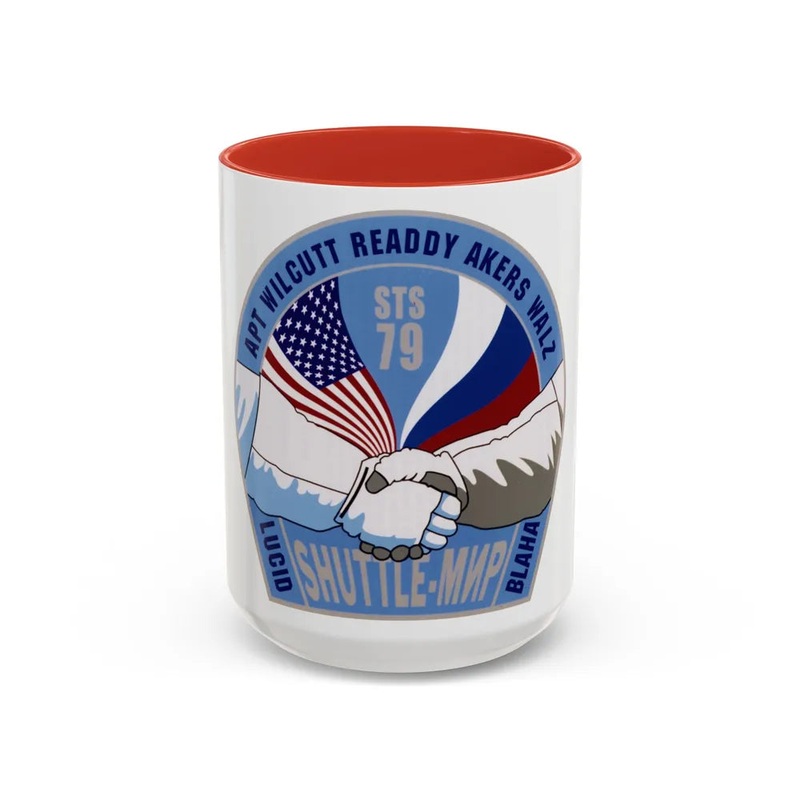
STS 79, also known as Columbia Mission STS-79, was a space shuttle mission launched by NASA on August 20, 1996, using Space Shuttle Columbia (OV-102). This mission marked the return to flight for the Columbia orbiter following the Challenger disaster in 1986. The primary focus of STS-79 was to conduct scientific research and deploy two satellites.The first payload deployed during this mission was the Orbiting Astrophysical Polarimetric Observatory (OAPO), designed for X-ray and ultraviolet observations of celestial bodies. The second payload, the Earth Radiation Budget Experiment (ERBE-2), aimed to gather data on Earth's radiation budget.A significant aspect of STS-79 was its contribution to the Shuttle Solar Backscatter Ultraviolet (SSBUV) instrument, which provided atmospheric ozone measurements from space. Furthermore, the mission featured two spacewalks (EVAs) by Richard Clifford and Charles Precourt during which they performed maintenance tasks on the Hubble Space Telescope.STS-79 completed 168 orbits of Earth over a period of nearly 13 days before landing at Kennedy Space Center's Runway 15, on September 2, 1996. The mission marked yet another successful space shuttle mission in NASA's continued exploration and understanding of our universe and planet.
